
Spiced Gingerbread Cheesecake with Salted Caramel Drizzle
Forget dry crusts This showstopping recipe guides you through making perfect Christmas cheesecake recipes with a crisp…
Explore a wide variety of easy and delicious recipes on All Food Board. From savory dinners to delightful desserts, find the perfect dish for any occasion and every taste!
Welcome to AllFoodBoard, the ultimate destination for food lovers and home cooks of every skill level. If you're searching for daily cooking inspiration, reliable recipes, and a community that shares your passion for great food, you've found your new home. Our core belief is that cooking should be a joyful and creative process, not a chore. We are here to provide you with an endless "board" of ideas, from quick 30-minute meals for busy weeknights to show-stopping dishes for special occasions.
At AllFoodBoard, we pride ourselves on creating content that is both inspiring and practical. Every recipe is meticulously developed and tested, featuring clear, step-by-step instructions and beautiful photography to guide you along the way. We focus on using accessible ingredients and straightforward techniques, empowering you to create delicious and impressive meals right in your own kitchen. Whether you're a novice cook or a seasoned pro, our goal is to help you explore new flavors and expand your culinary horizons.
Our extensive recipe library is thoughtfully organized to help you find exactly what you're looking for. Dive into our categories, starting with vibrant Appetizers and Snacks, perfect for parties or a light bite. Explore our Main Courses, a vast collection featuring chicken, beef, pork, and seafood recipes that will satisfy any craving. You'll find everything from comforting pasta dishes and hearty stews to light and healthy salads and bowls.
Don't miss our dedicated sections for Breakfast and Brunch, Desserts, and homemade Breads. We also cater to diverse dietary preferences with curated collections of vegetarian, vegan, gluten-free, and low-carb recipes. Use our powerful search bar to filter by ingredient, cuisine (like Italian, Mexican, or Asian), or dietary need. AllFoodBoard is designed to be your go-to resource, making meal planning and discovery a seamless and exciting experience.
AllFoodBoard is committed to helping you become a more confident and knowledgeable cook. Our "Kitchen Skills" section is packed with fundamental tutorials and pro tips. Learn essential techniques like how to properly chop an onion, how to make a perfect pan sauce, or the secrets to baking a flawless cake. We believe that understanding the "why" behind a recipe is just as important as the "how."
Explore our in-depth ingredient guides, which shine a spotlight on seasonal produce, pantry staples, and exotic spices. We offer practical advice on meal prepping, kitchen organization, and reducing food waste. These resources are designed to equip you with the knowledge to improvise, adapt recipes to your liking, and truly master the art of home cooking.
We know you might have some questions as you navigate our site. Are all recipes tested? Yes, every single one. Our dedicated team of recipe developers and testers works hard to ensure that each recipe is reliable, accurate, and, most importantly, delicious. We provide both metric and imperial measurements for global accessibility. Can I save my favorite recipes? Of course! Create a free account to build your personal recipe box and access your favorites from any device.
How do I get started? We recommend browsing our "Beginner's Guide to Cooking" or checking out our "Top-Rated Recipes" to see what our community is loving. Be sure to subscribe to our newsletter for a fresh batch of recipes delivered to your inbox each week, and join the conversation on our social media channels. Welcome to the AllFoodBoard community!

Forget dry crusts This showstopping recipe guides you through making perfect Christmas cheesecake recipes with a crisp…
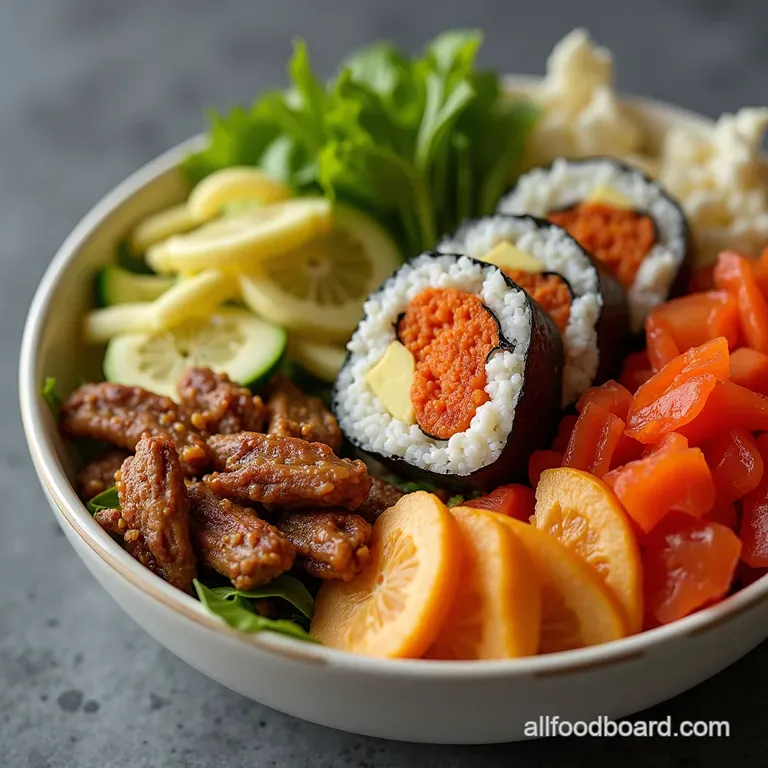
Meet your new favourite lunch a High Protein Sushi Bowl made with seasoned cottage cheese Low carb and ready in 15 minutesall the…
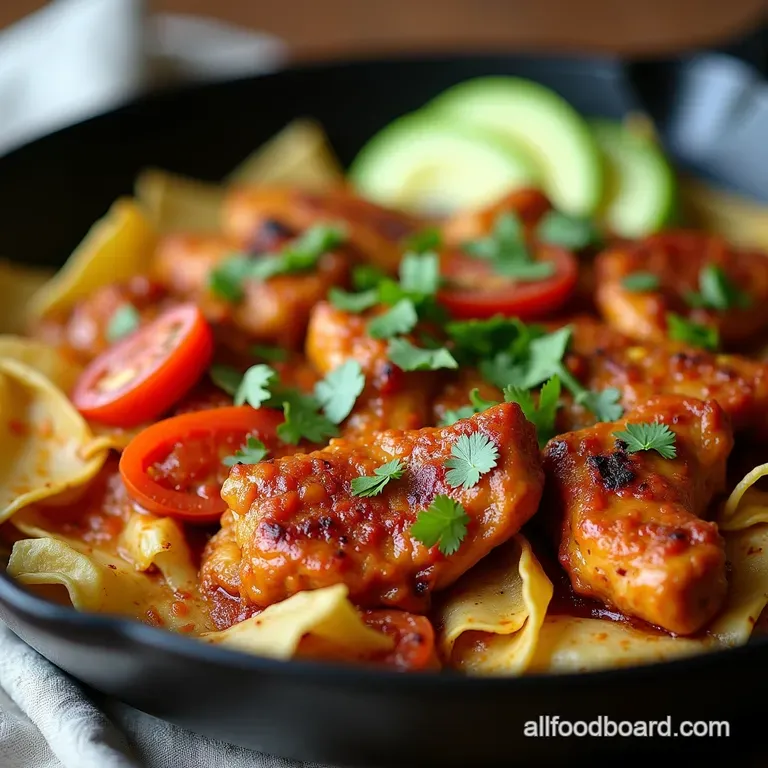
This Low Carb Chicken Fajita Bowl is bursting with smoky flavour Its an easy highprotein keto lunch ready in under 40 minutes Get…
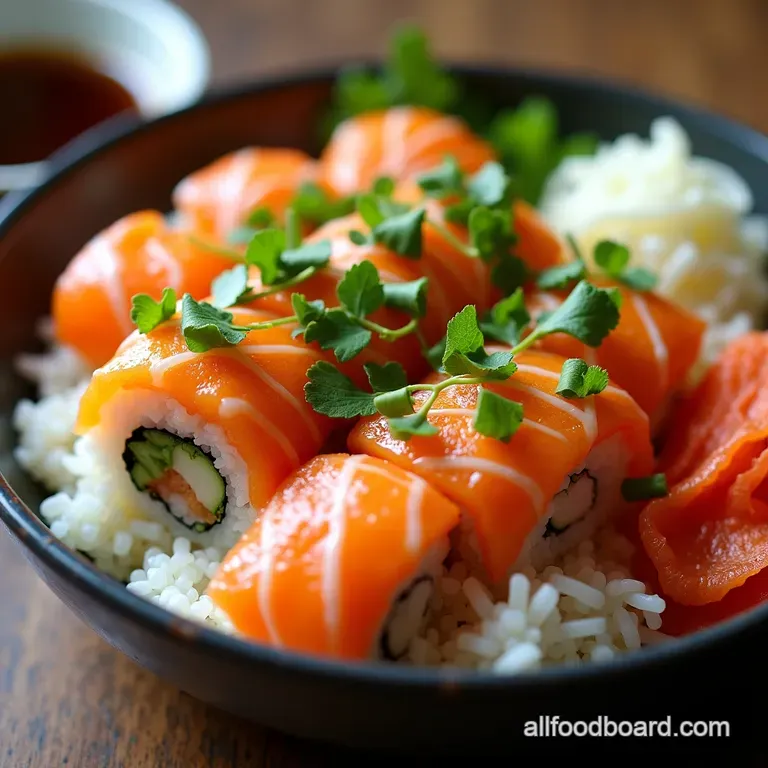
Ditch the fiddly rolling This Deconstructed Dragon Roll Sushi Bowl captures that iconic eel and avocado flavour in a hearty…
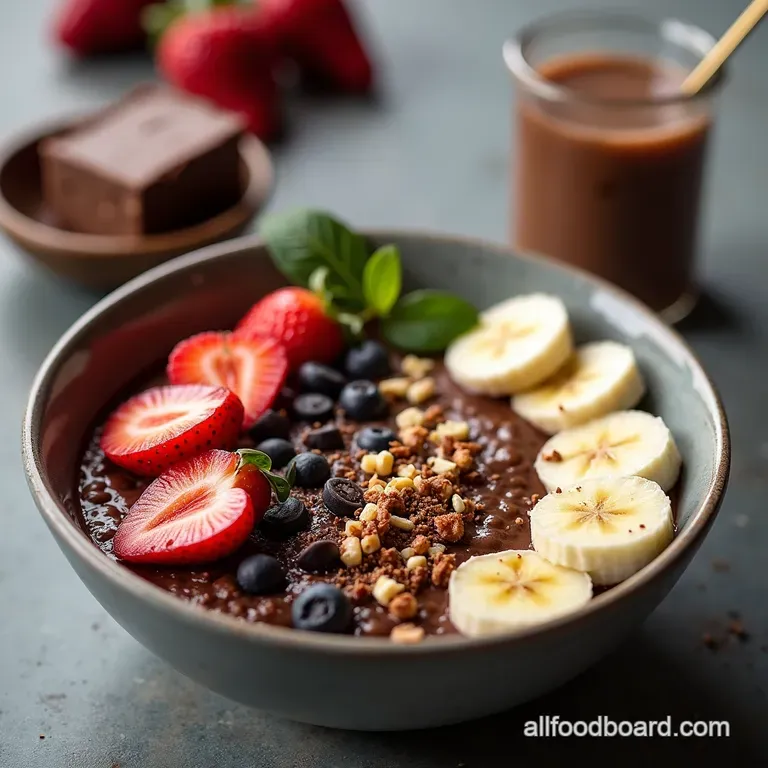
Ditch the chalky shakes This is the Chocolate and Banana Cottage Cheese Bowla creamy highprotein breakfast thats deceptively…
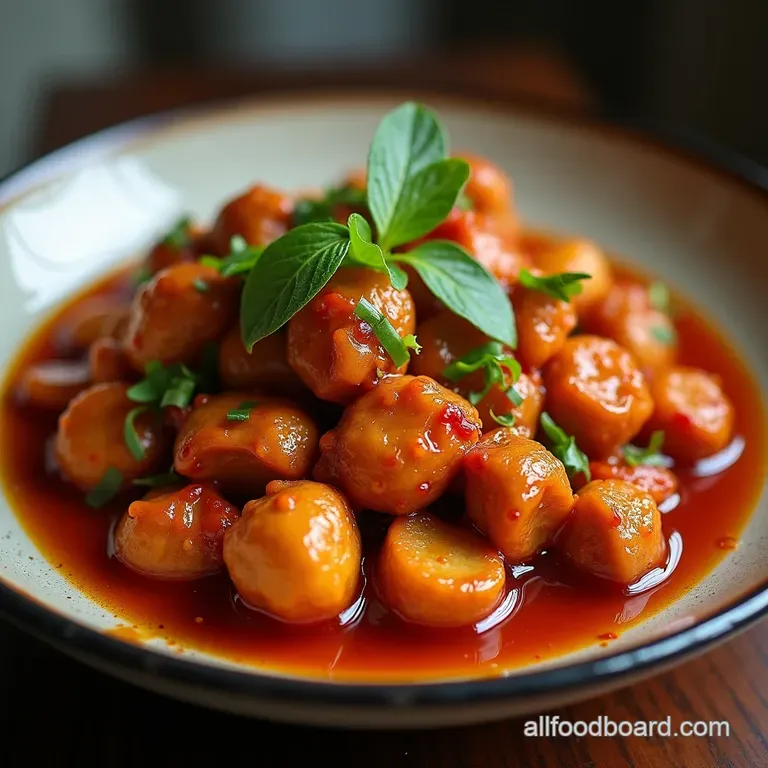
Tired of sweet takeaway Master authentic Kung Pao Chicken with the numbing tingle of Sichuan peppercorns Ready in under an hour
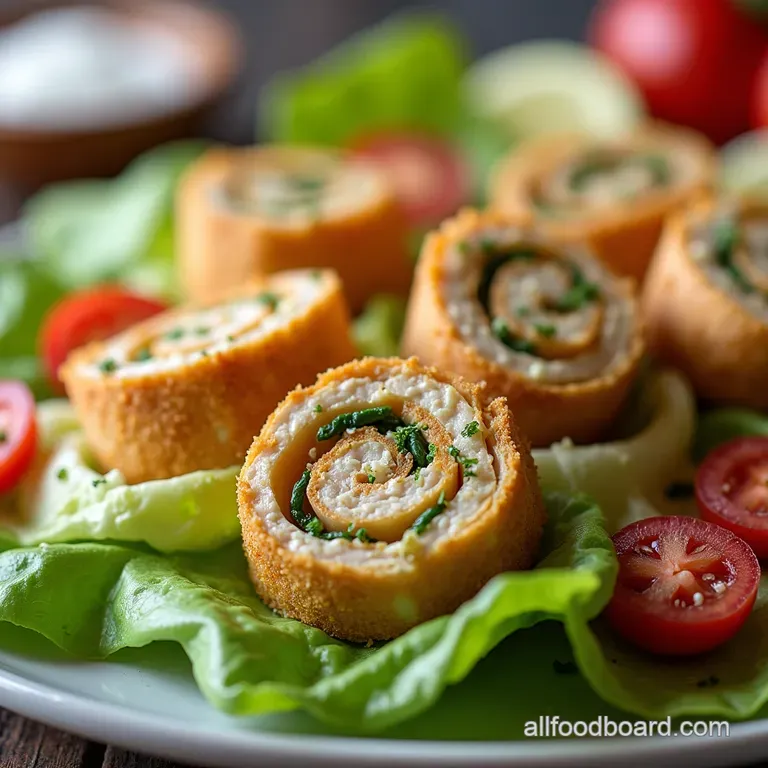
Ditch the boring lunchbox filler These Caesar Salad Pinwheels are packed with flavour and perfect for easy Chicken Wrap…
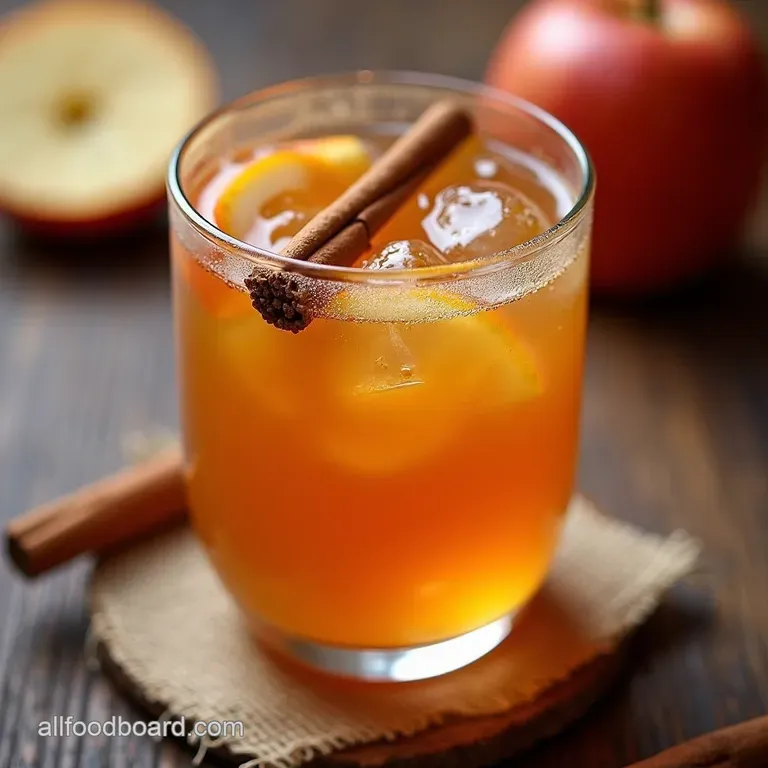
Need a proper Thanksgiving Punch Cocktail This complex warming Harvest Rum Punch recipe uses spiced syrup to bring orchard fruits…
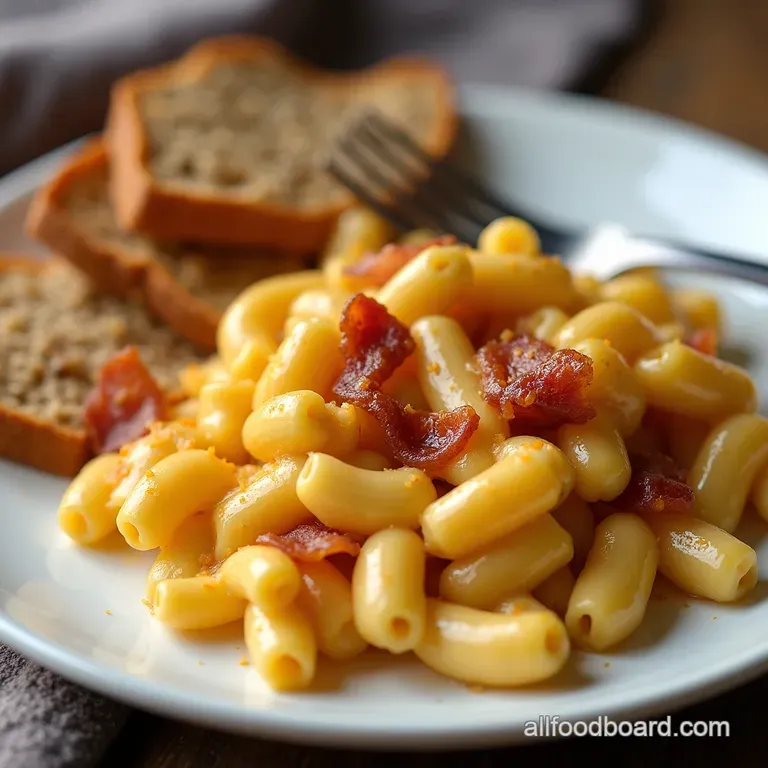
Upgrade your holiday side dish game with this deeply savoury creamy Thanksgiving Mac and Cheese recipe featuring smoked Gouda and…
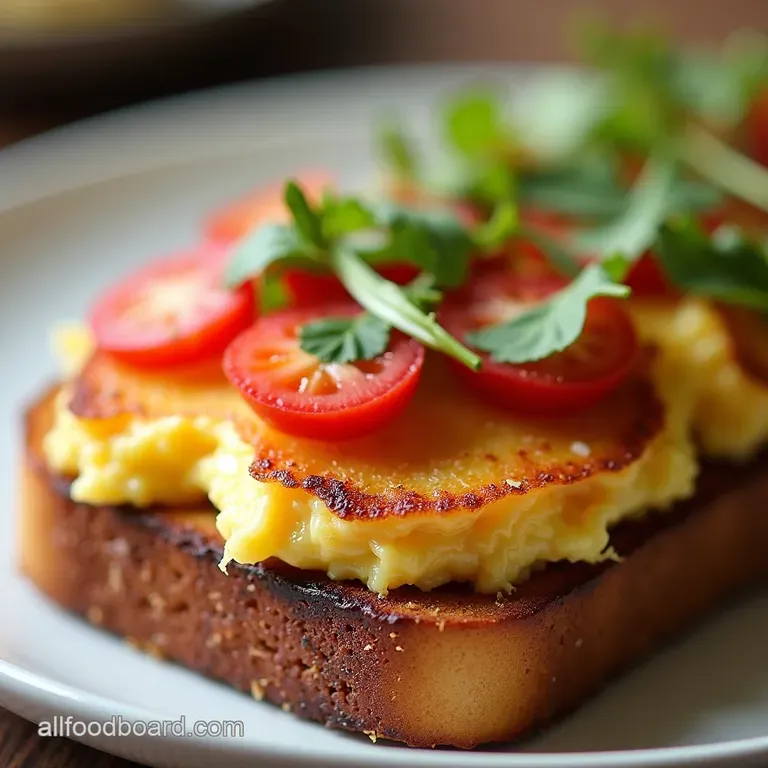
Tired of bland breakfasts This Air Fryer Cottage Cheese Toast is creamy highprotein and perfectly crisp in under 20 minutes A…
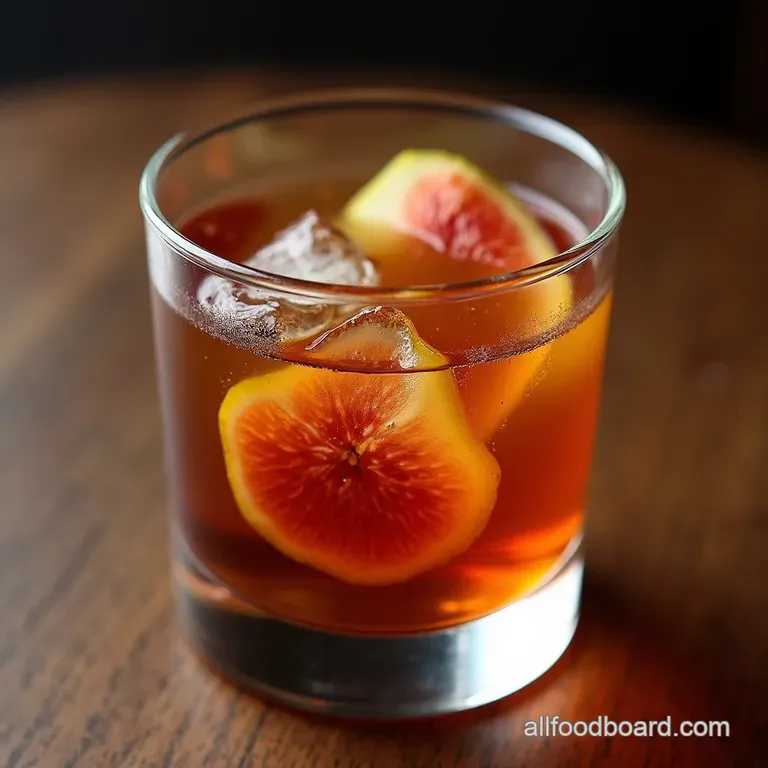
Elevate your home bar with this complex Fig and Bourbon Manhattan featuring deep earthy notes from an easy homemade infusion The…
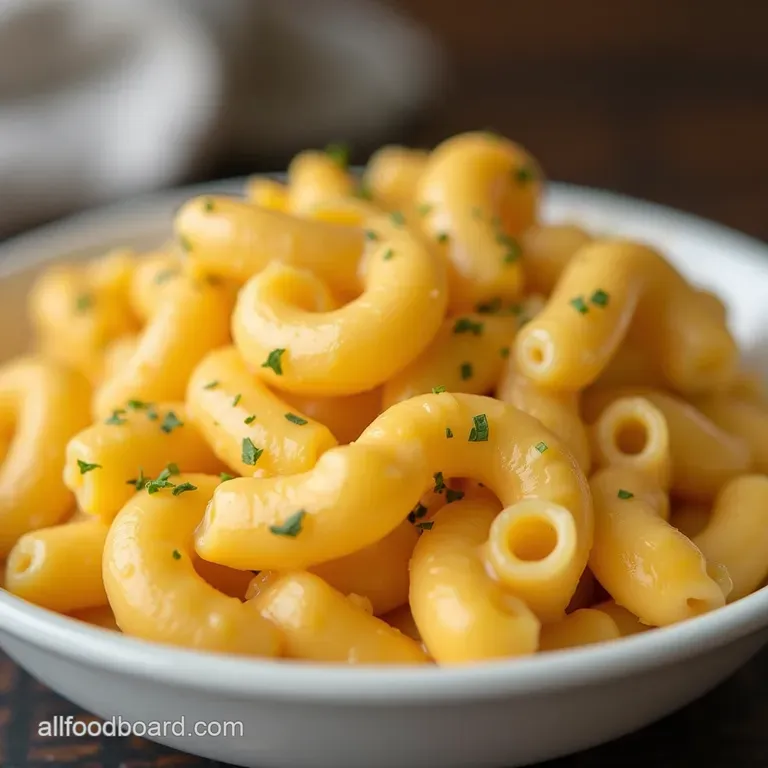
Get truly decadent velvety Crockpot Mac and Cheese without the fuss This easy slow cooker mac cheese recipe uses evaporated milk…
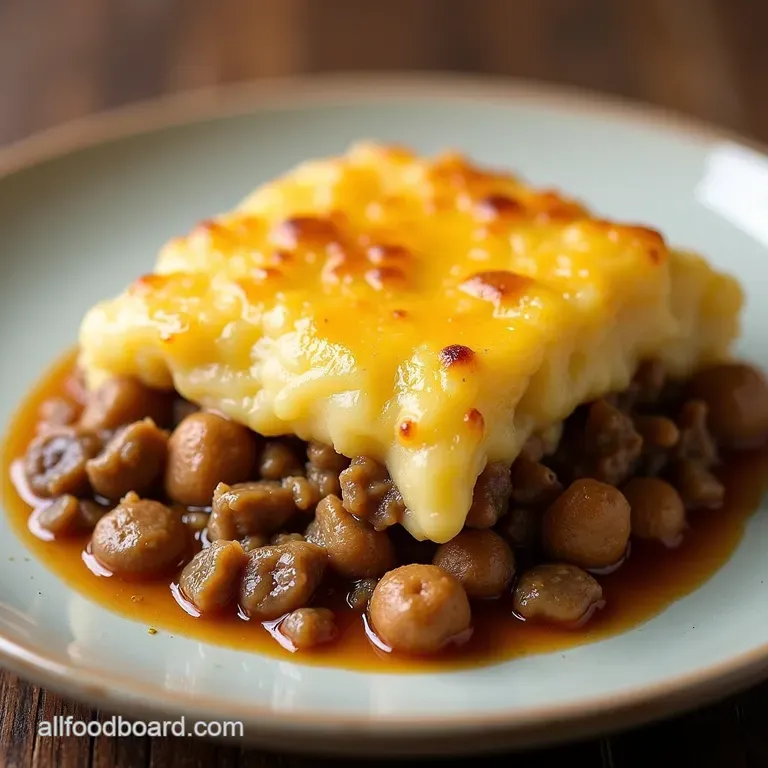
Get the best Slow Cooker Shepherds Pie Recipe that tastes like it took all day This easy crockpot dinner is rich savoury and…
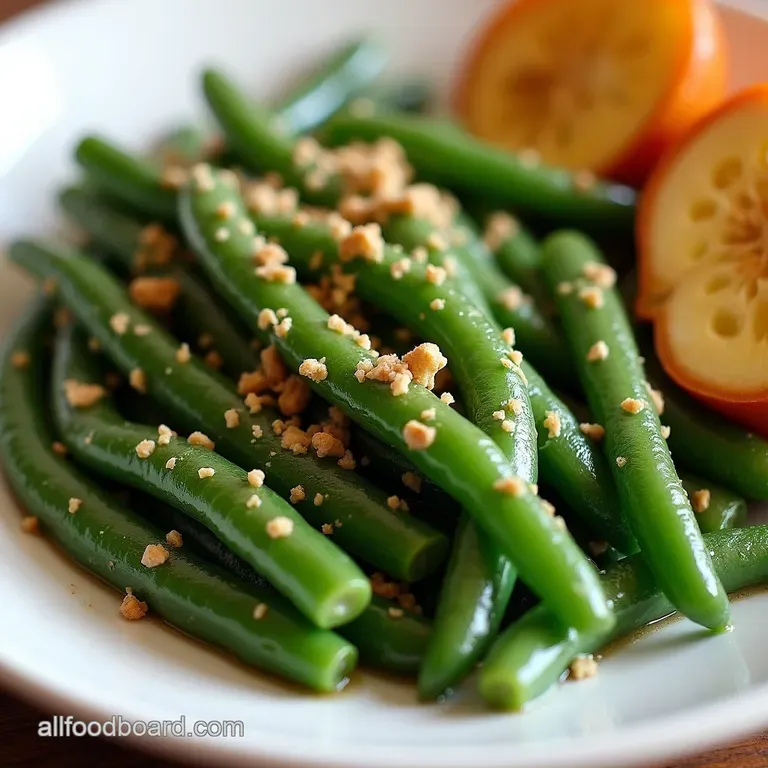
Tired of mushy vegetables These Crockpot Garlic Butter Green Beans are perfectly tender and rich freeing up your oven A brilliant…
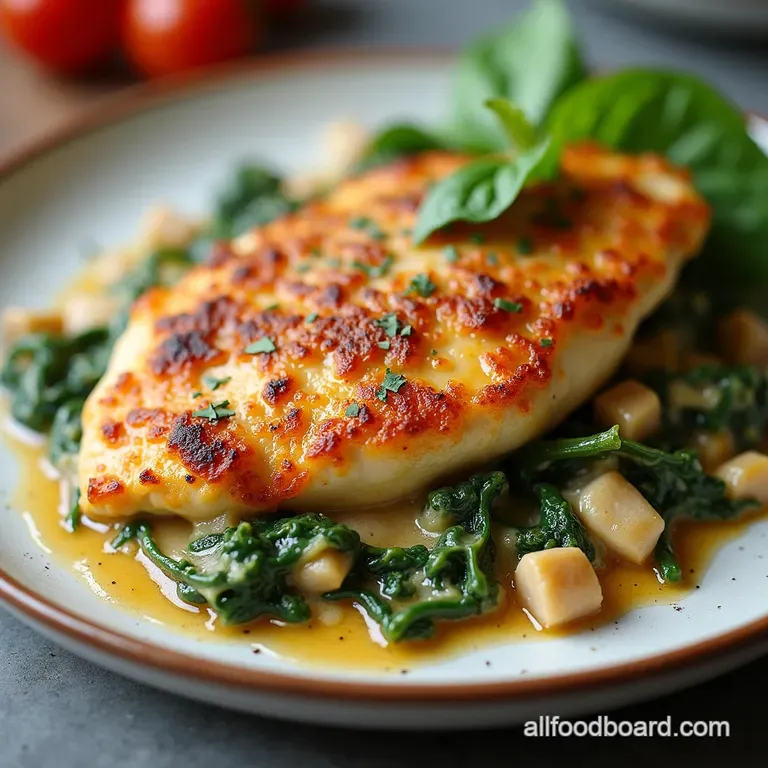
Forget bland lowcarb meals This Tuscan Keto Chicken with cream cheese sauce is easy and flavourful Perfect for quick Keto Dinners…
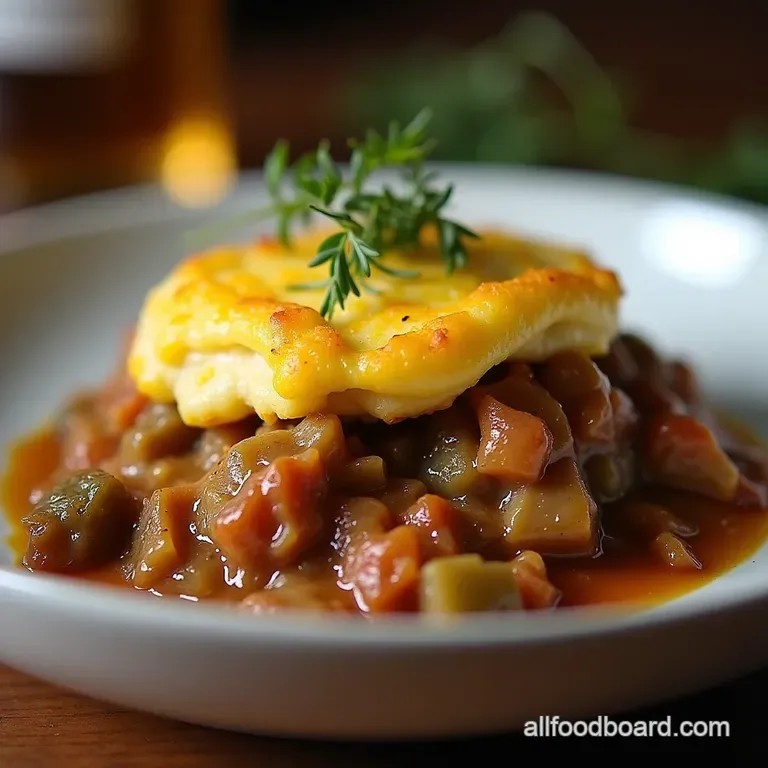
Ditch the watery versions This Traditional Shepherds Pie recipe boasts a rich lamb filling and a fluffy parsnippotato topping…
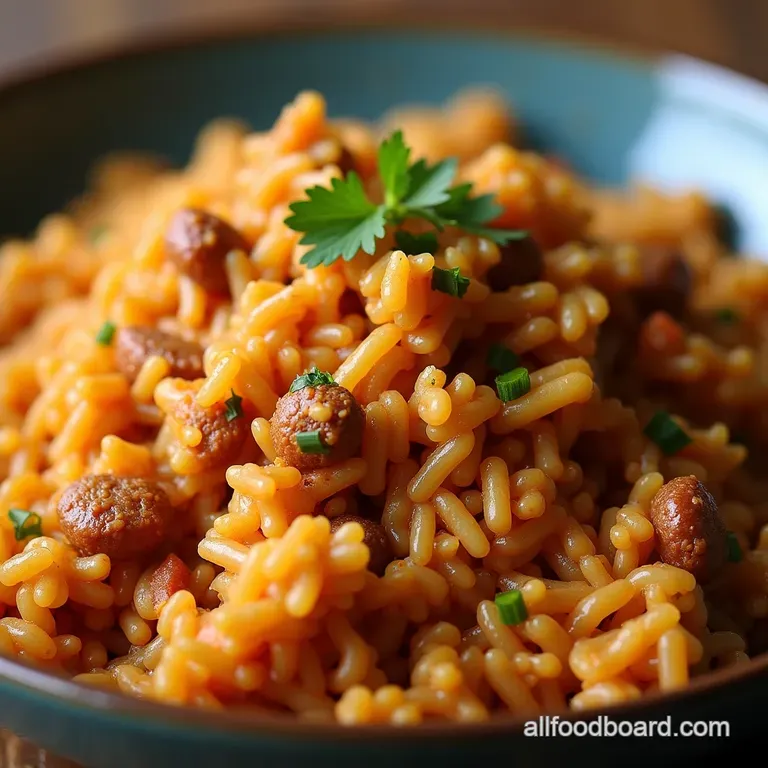
Stop making anemic rice This Louisiana Dirty Rice Recipe builds deep savory flavour using the Holy Trinity and rich ground meat…
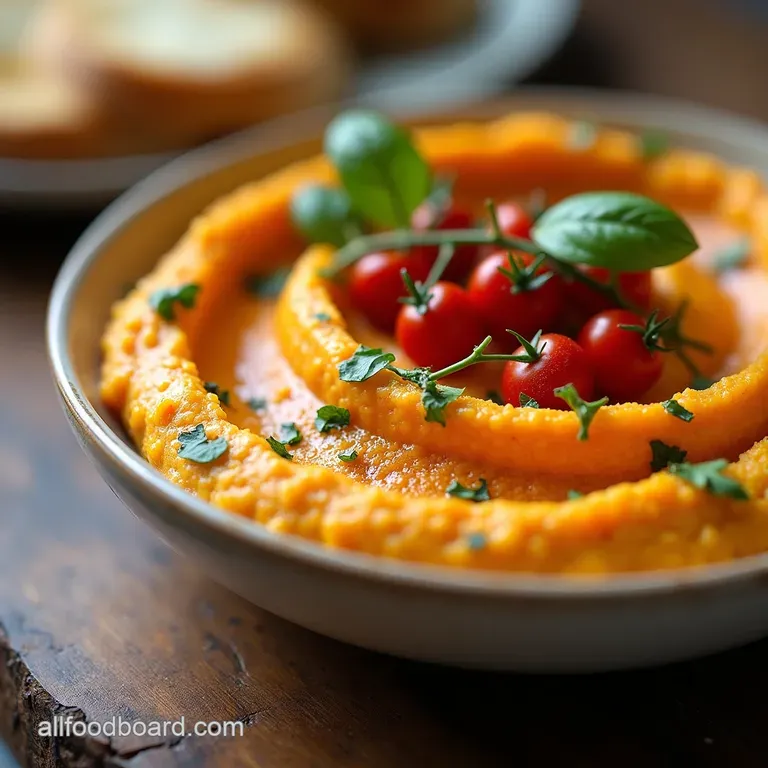
Ditch the bland tub This easy sundried tomato hummus recipe uses roasted garlic for a velvety texture and rich flavour Perfect…
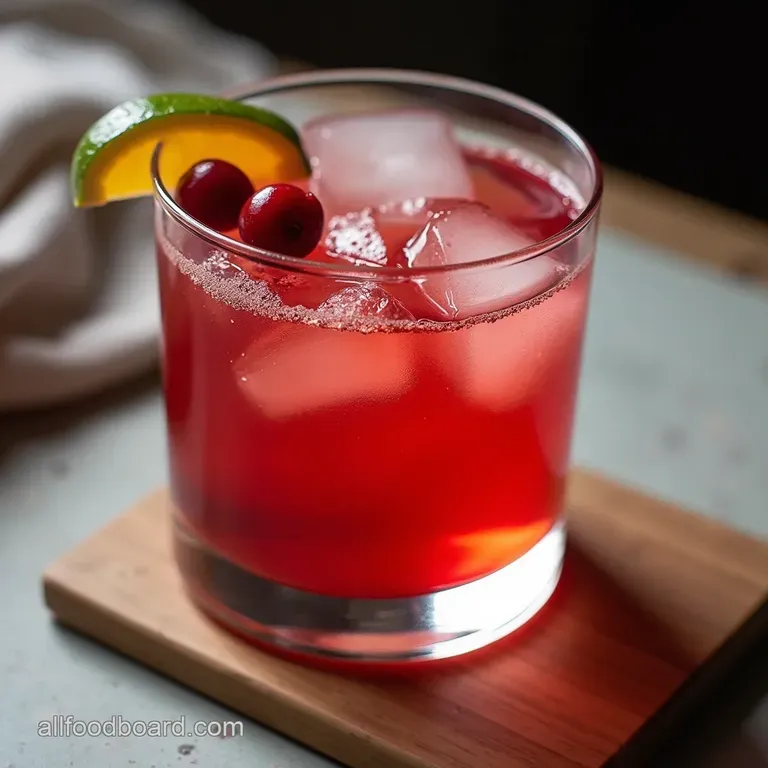
Shake up this Vanilla Cranberry Vodka Sour for a sophisticated twist Its one of the best alcoholic drinks to make at home…
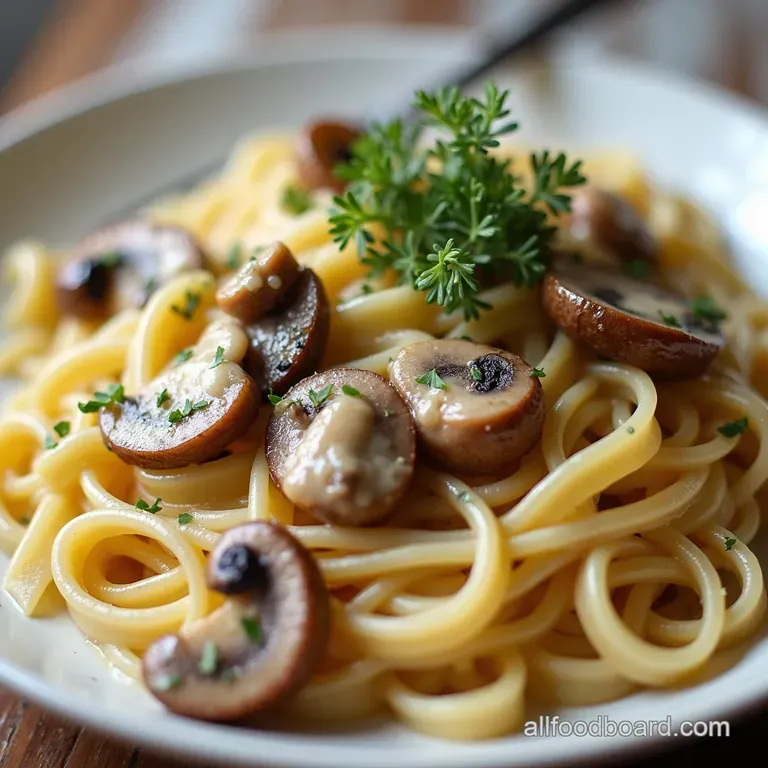
Discover the ultimate High Protein Mushroom Cottage Cheese Pasta recipe This fussfree dinner uses blended cottage cheese for a…
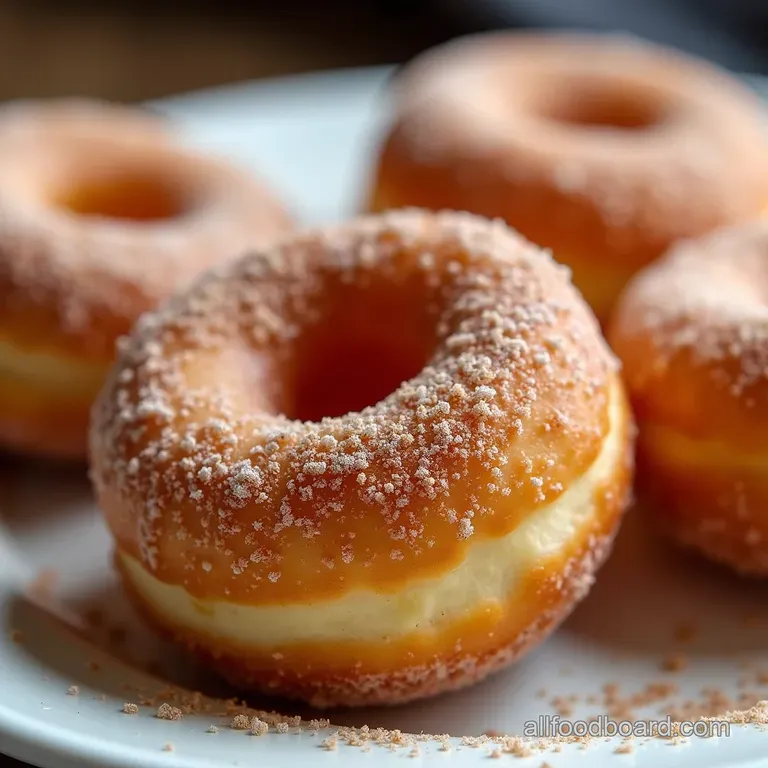
Skip the deep fryer These easy Air Fryer Cinnamon Sugar Donut Holes are light and fluffy ready faster than you can put the kettle…
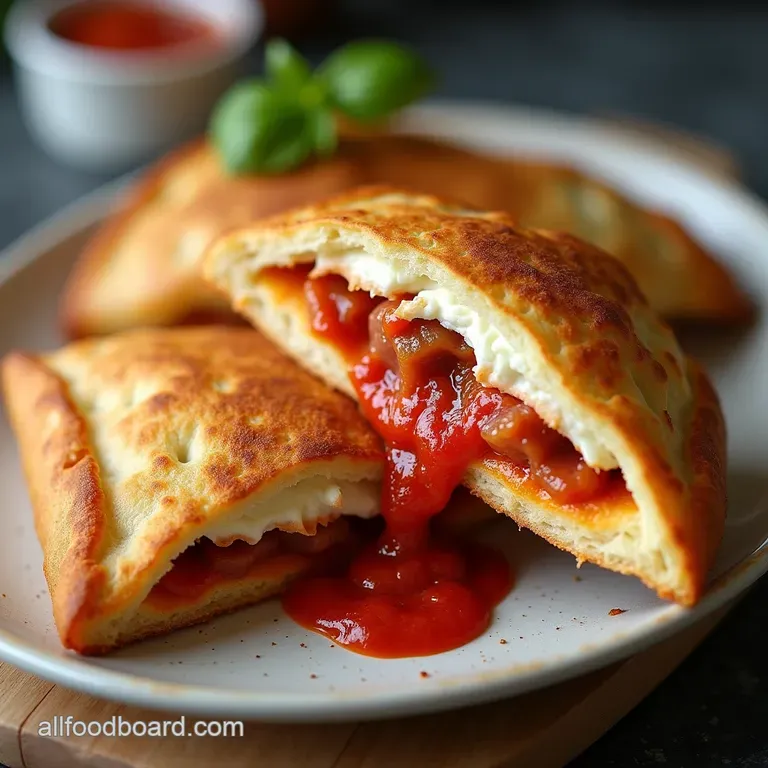
Forget the takeaway This easy Air Fryer Calzones recipe uses pizza dough for a superbly crisp crust packed with ricotta and…
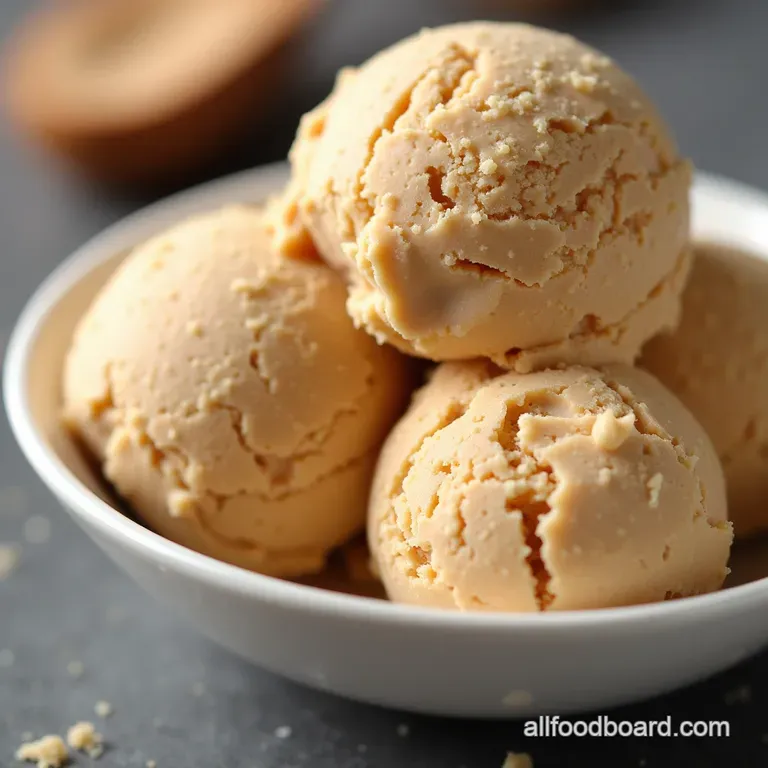
Ditch the chalky texture This incredible Peanut Butter Protein Ice Cream delivers decadent flavor and high protein without…
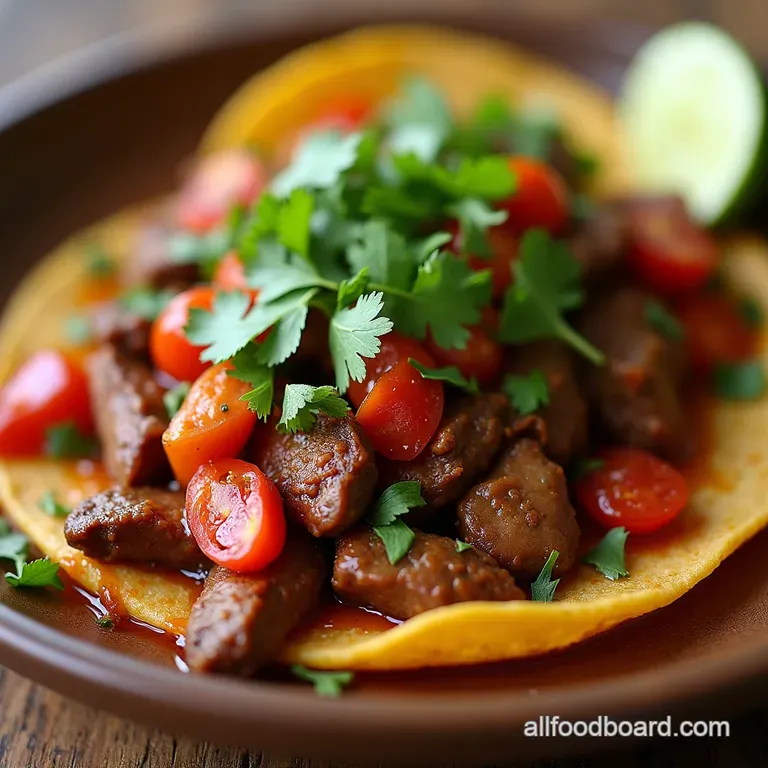
Forget the fuss These Crockpot Steak Fajitas use simple spices to create meltingly tender beef The perfect easy crock pot steak…
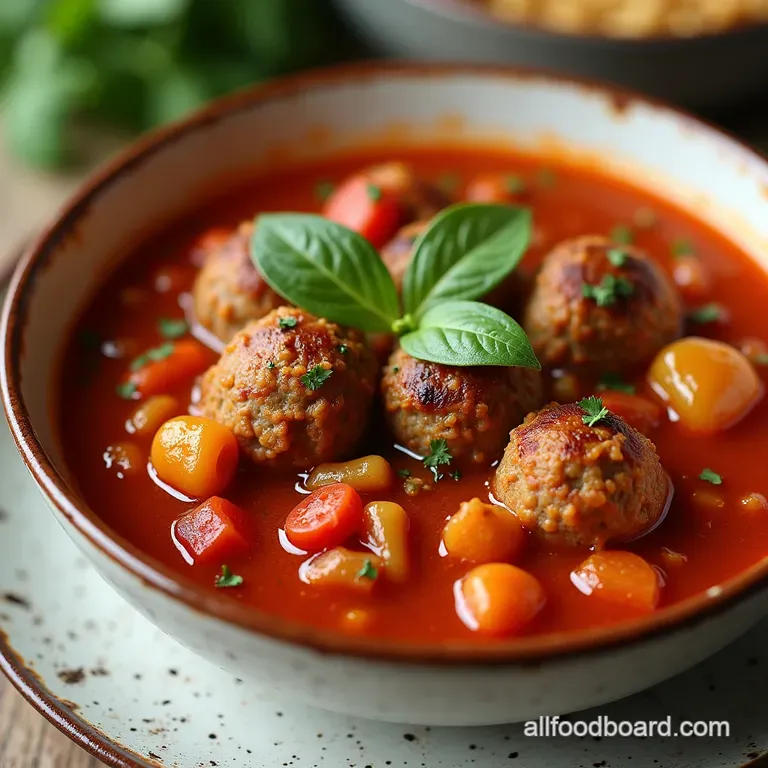
Whip up this utterly foolproof Crockpot Italian Meatball Soupa hearty slow cooker gem brimming with tender meatballs and rich…
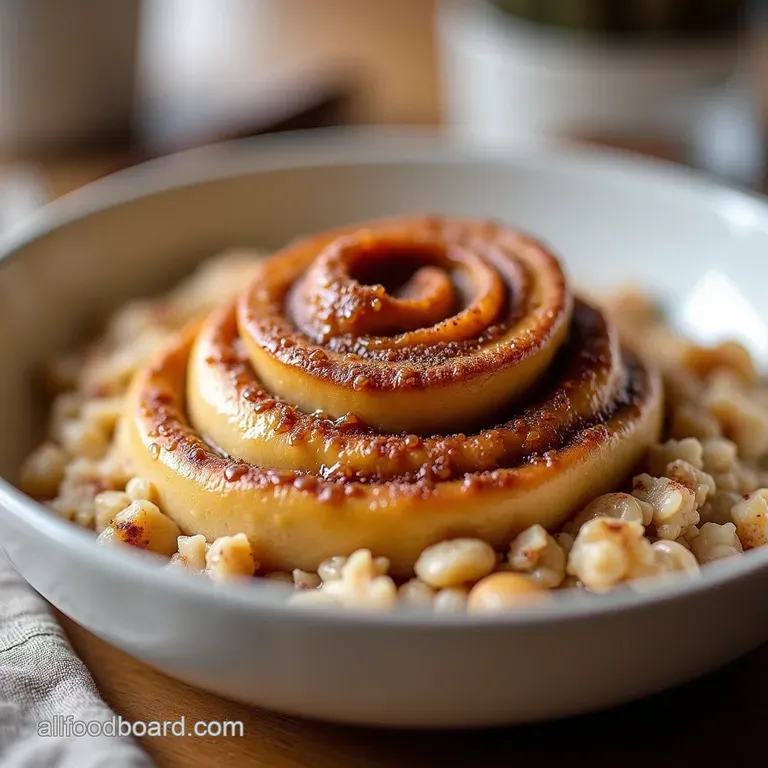
Capture the gooey magic of a sticky bun in this healthy Cinnamon Roll Overnight Oats recipe Its creamy proteinpacked and the…
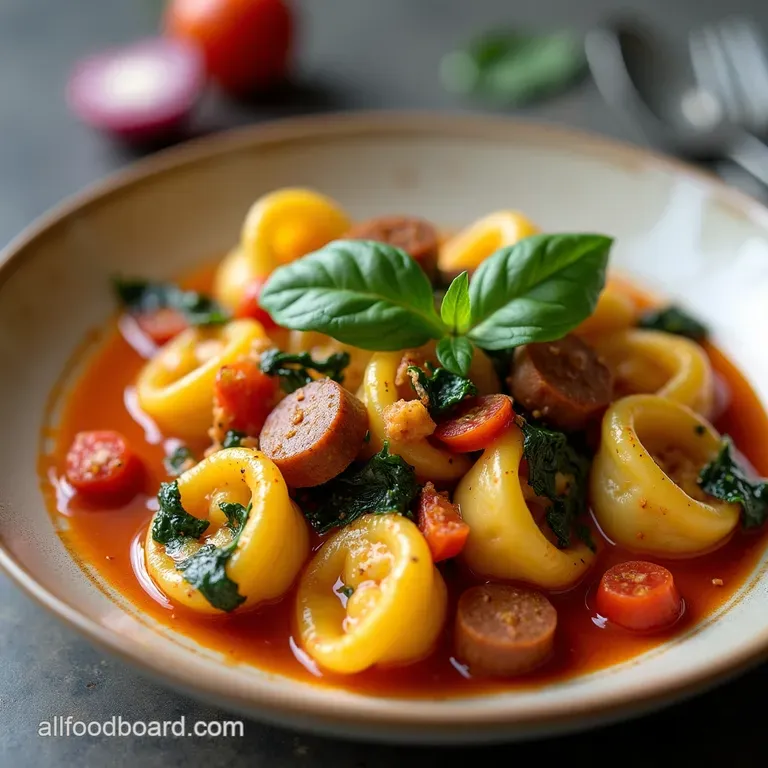
Toss the washing up This 30minute One Pot Tortellini with Sausage recipe delivers a rich creamy Italian hug straight from a…
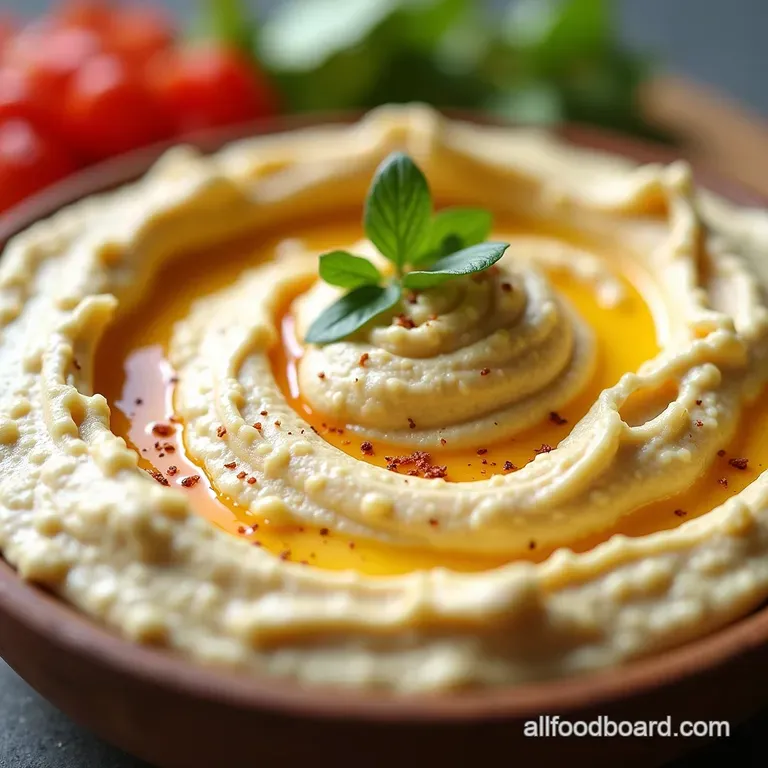
Upgrade your snack game with this incredibly creamy Coconut Hummus Its a sweet and savoury homemade hummus recipe perfect for…
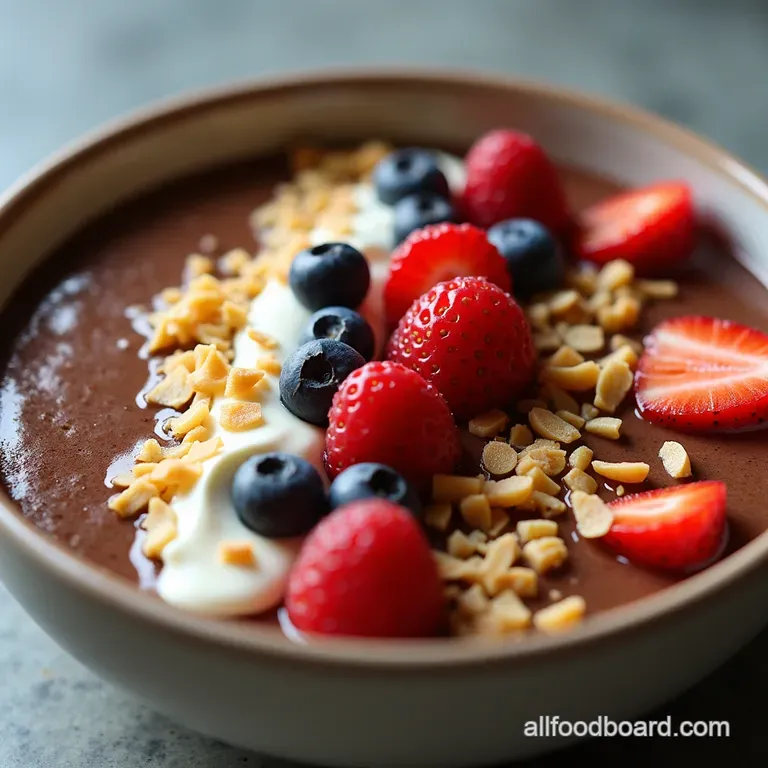
Ditch watery breakfasts This Chocolate Cottage Cheese Smoothie Bowl is thick as mousse and packed with 30g protein Try this…
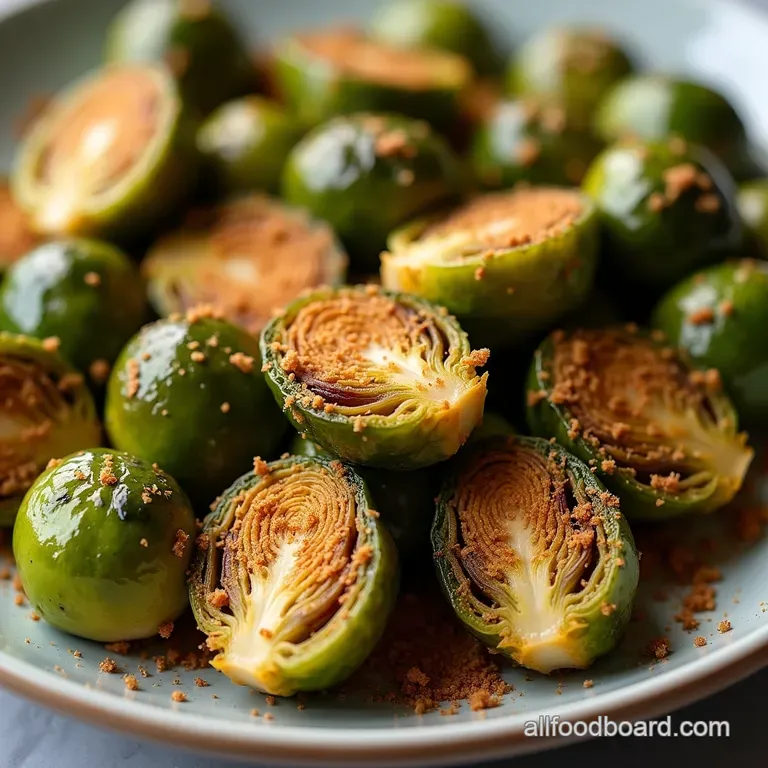
Transform boring Brussels sprouts into an addictive side These easy air fryer recipes use brown butter and prosciutto dust for…